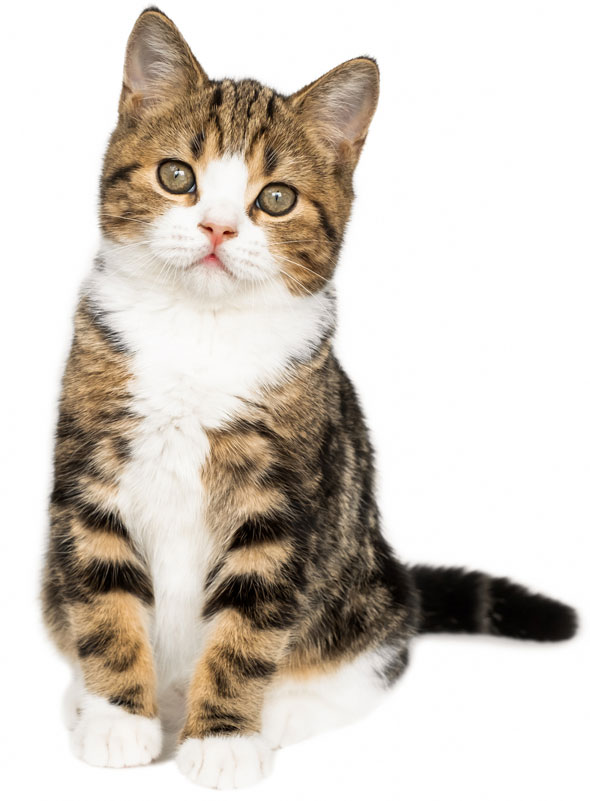What Does the M on Your Cat's Forehead Mean?

An M on the forehead is one of the most common markings we see on cats. It can range from incredibly light, where you can't see all the lines clearly, to extremely prominent.
But what does that M mean?
Stories About the Feline Forehead M
There are a few sweet stories about how cats got the M on their foreheads. One is that it stands for Mau, which is the Egyptian word for cat. Ancient Egyptians revered cats, which is what gives this story its charm.
Another story is that the M stands for Mohammed. That story includes Mohammed being attacked by a snake and defended by his loving feline companion, whom he later marked with the M to remind people cats should be respected and well-treated.
A third story tells that Jesus shivered in his manger bed, no matter what Mary did to warm him. Finally, a kitty nearby jumped in, cuddled close, and purred, finally warming the baby. In gratefulness, Mary laid her hand upon the cat's forehead and gave it the M.

The Forehead M Is Part of the Tabby Pattern
Cats with an M on their forehead are tabbies. Sometimes, people mistake tabby as a breed of cat, but it actually refers to color patterns that can be found over many breeds.
There are five basic tabby cat patterns:
- Classic tabby: This pattern includes the forehead M and whirling patterns on the side, including a bullseye pattern.
- Mackerel tabby: A mackerel tabby has the M on the forehead and also thin, dark, vertical lines down the sides of the body and dark lines extending from the corners of the eyes. This is the pattern thought to be the original tabby pattern, which is close to an African wildcat's coat. Other tabby patterns have occurred from selective breeding of certain patterns.
- Ticked tabby: This type of tabby has an interrupted pattern of lines and whirls, so it often doesn't look like a tabby at all, but often, the lines do show back up better on these cats' lower legs and tails.
- Spotted tabby: This pattern is a classic or mackerel pattern that has been broken up into small or large spots instead of lines or whirls.
- Orange tabby: This can occur in any of the above patterns, but the coat color is orange instead of brown, gray, or black. There are also white areas. Most orange cats are males because the gene for the orange color is on the X chromosome. That means a male cat only needs one gene to become orange, but a female needs two.
As you can see, while being a tabby cat is common, there is almost unlimited potential for uniqueness among that coat markings' many forms.
And, of course, we all know each cat is special. And the ones with prominent Ms on their forehead are often great candidates for names that begin with M.
You May Also Like These Articles:
Learn Why Adopting Black Cats Is Smart: VIDEO
Siamese Color Points Explained
Why Are There Fewer Big Differences in Cat Breeds Than in Dog Breeds?
Notice: Ask-a-Vet is an affiliated service for those who wish to speak with a veterinary professional about their pet's specific condition. Initially, a bot will ask questions to determine the general nature of your concern. Then, you will be transferred to a human. There is a charge for the service if you choose to connect to a veterinarian. Ask-a-Vet is not manned by the staff or owners of CatHealth.com, and the advice given should not delay or replace a visit to your veterinarian.



